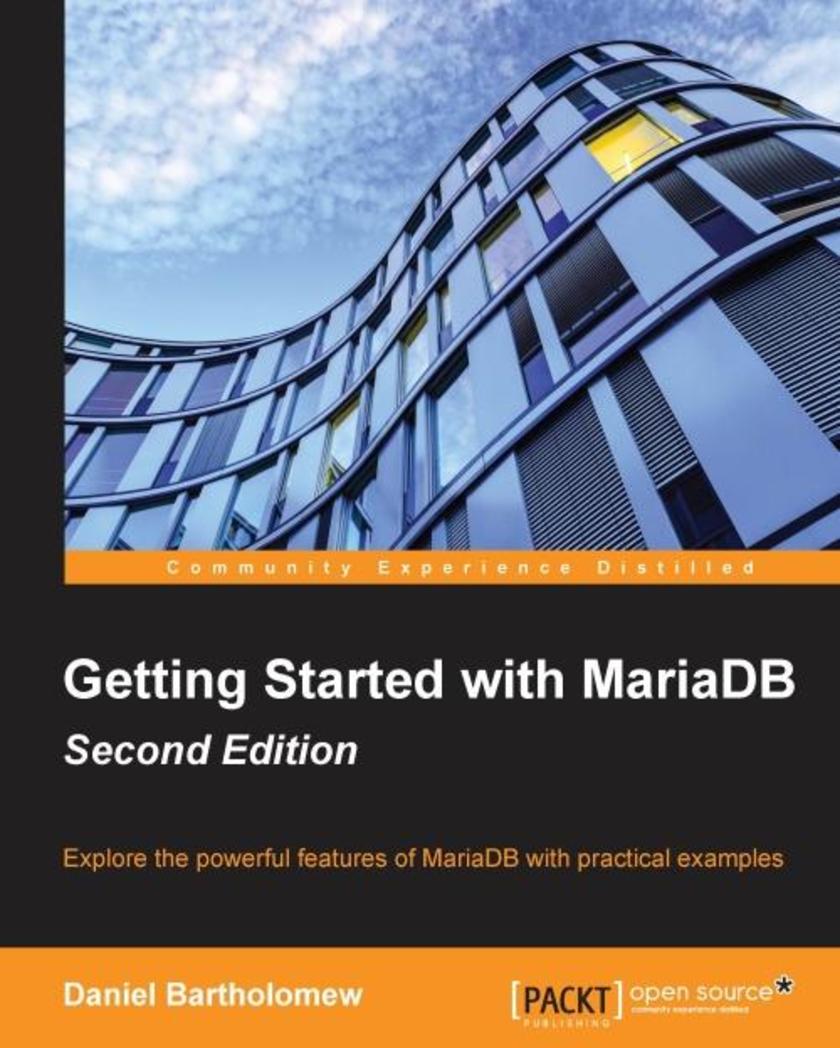
Getting Started with MariaDB - Second Edition
¥45.77
This book is for anyone who wants to learn more about databases in general and wants to get started with MariaDB. Prior database experience is not required.
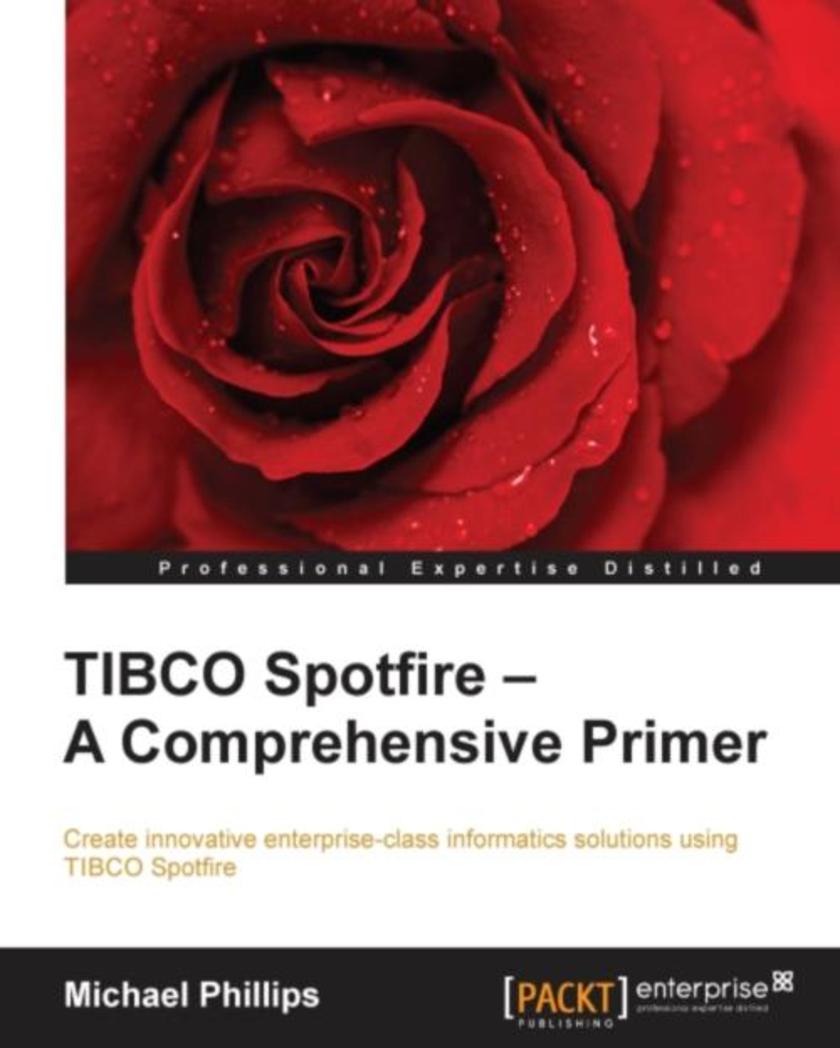
TIBCO Spotfire – A Comprehensive Primer
¥90.46
If you are a business user or data professional, this book will give you a solid grounding in the use of TIBCO Spotfire. This book assumes no prior knowledge of Spotfire or even basic data and visualization concepts.
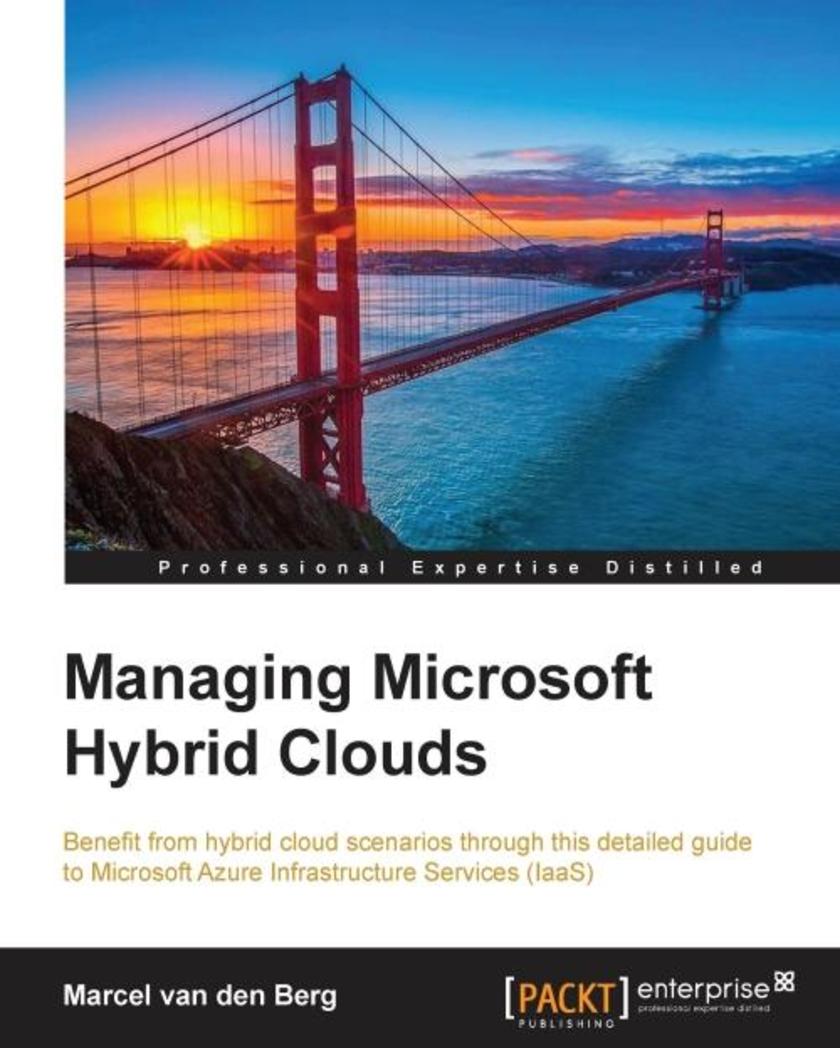
Managing Microsoft Hybrid Clouds
¥107.90
If you're an IT professional, manager, consultant, or architect who wants to learn about hybrid cloud computing using Azure, then this is the book for you.

Meteor Cookbook
¥71.93
This book is meant for developers of all experience levels looking to create mobile and full-stack web applications in JavaScript. Many of the simple recipes can easily be followed by less-experienced developers, while some of the advanced recipes will require extensive knowledge of existing web, mobile, and server technologies. Any application or enterprise web developer looking to create full-stack JavaScript-based apps will benefit from the recipes and concepts covered in this book.
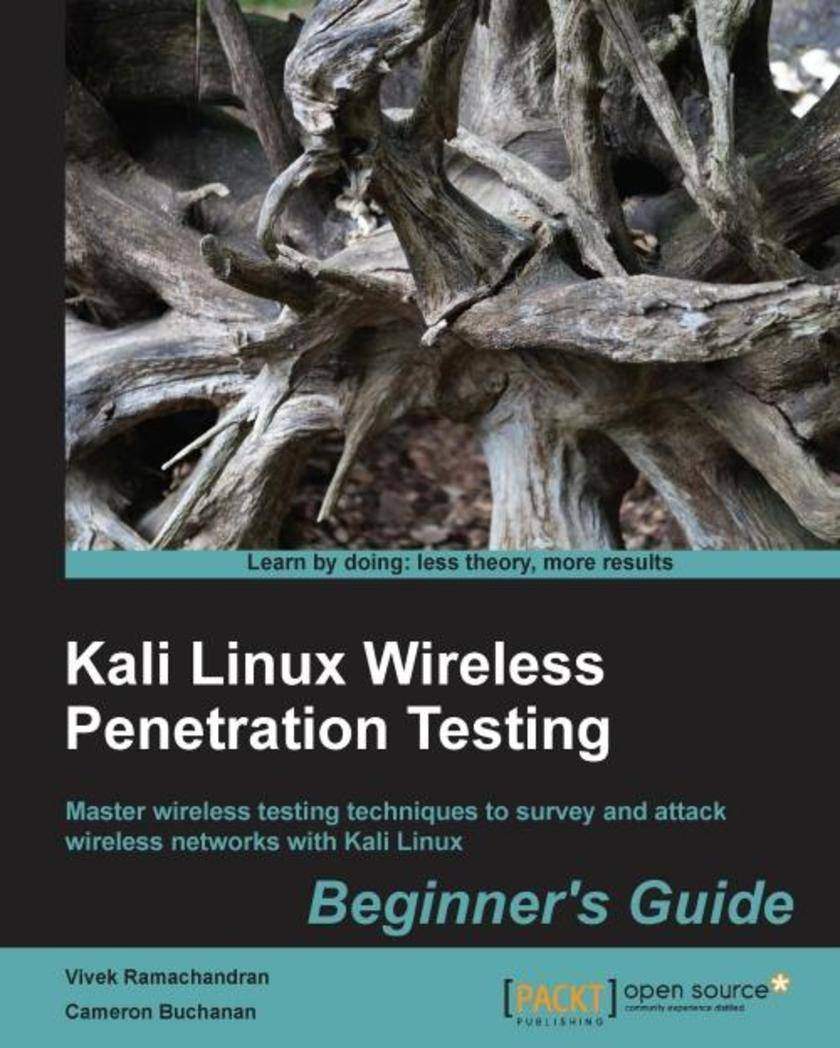
Kali Linux Wireless Penetration Testing: Beginner's Guide
¥80.65
If you are a security professional, pentester, or anyone interested in getting to grips with wireless penetration testing, this is the book for you. Some familiarity with Kali Linux and wireless concepts is beneficial.
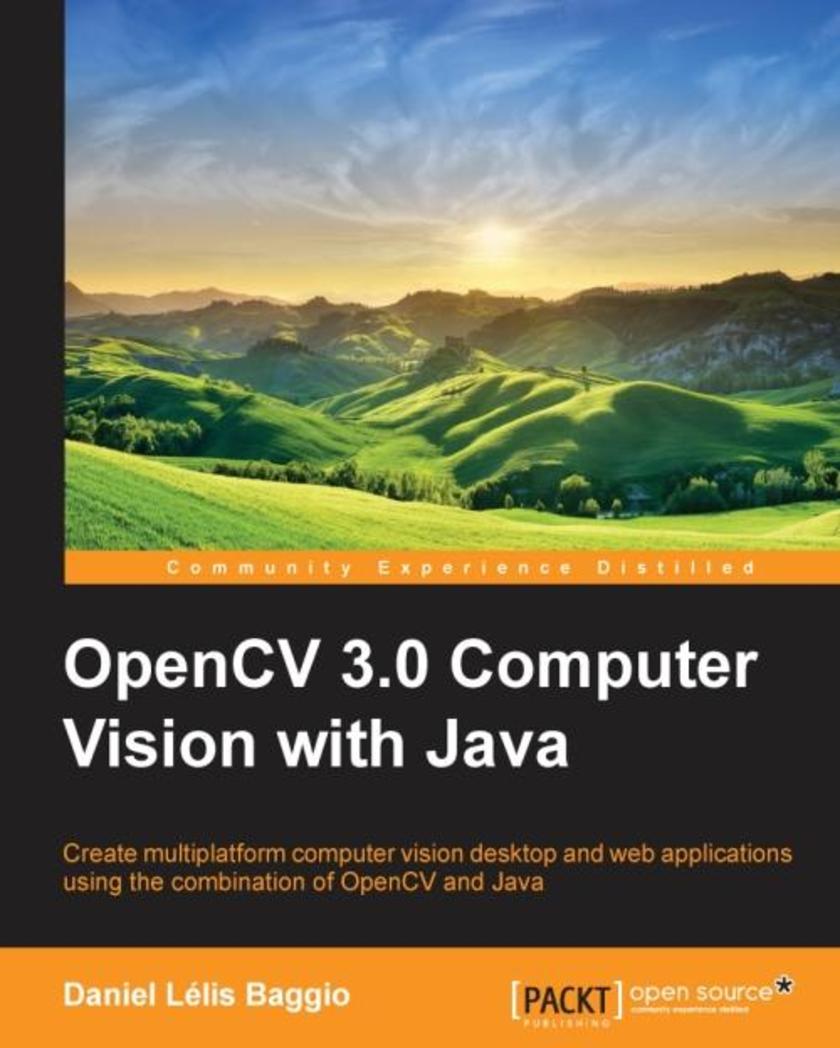
OpenCV 3.0 Computer Vision with Java
¥71.93
If you are a Java developer, student, researcher, or hobbyist wanting to create computer vision applications in Java then this book is for you. If you are an experienced C/C++ developer who is used to working with OpenCV, you will also find this book very useful for migrating your applications to Java. All you need is basic knowledge of Java, with no prior understanding of computer vision required, as this book will give you clear explanations and examples of the basics.
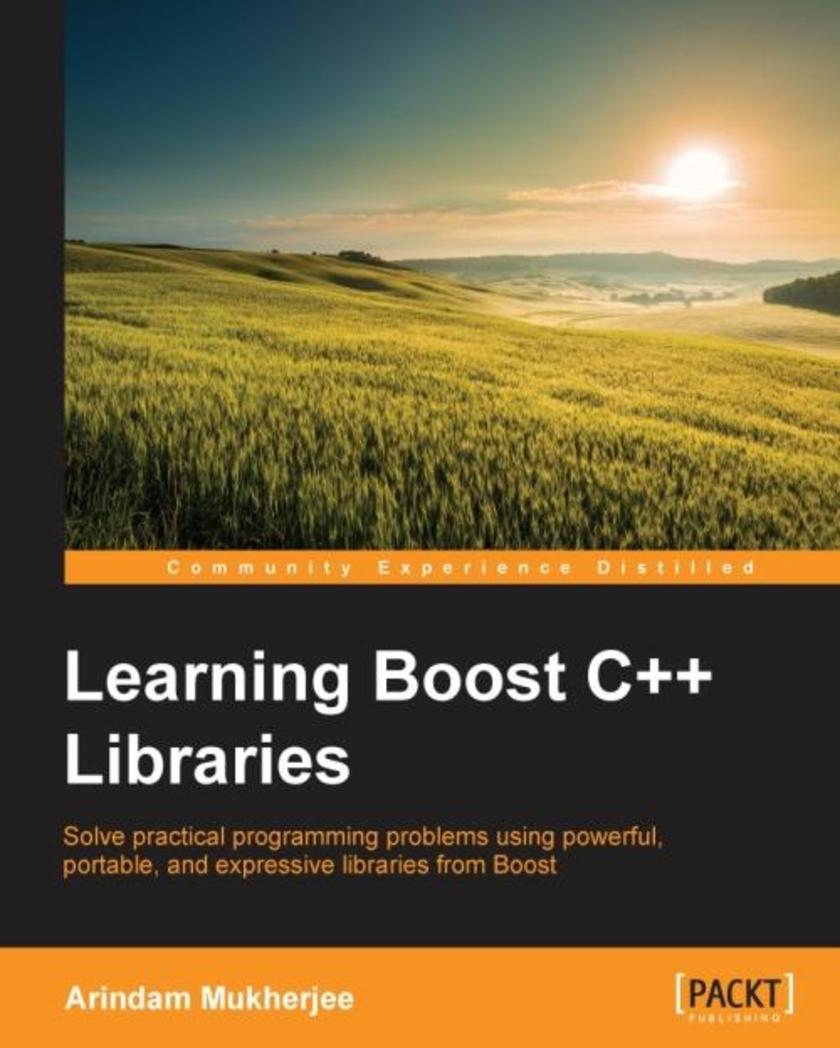
Learning Boost C++ Libraries
¥90.46
If you are a C++ programmer who has never used Boost libraries before, this book will get you up-to-speed with using them. Whether you are developing new C++ software or maintaining existing code written using Boost libraries, this hands-on introduction will help you decide on the right library and techniques to solve your practical programming problems.
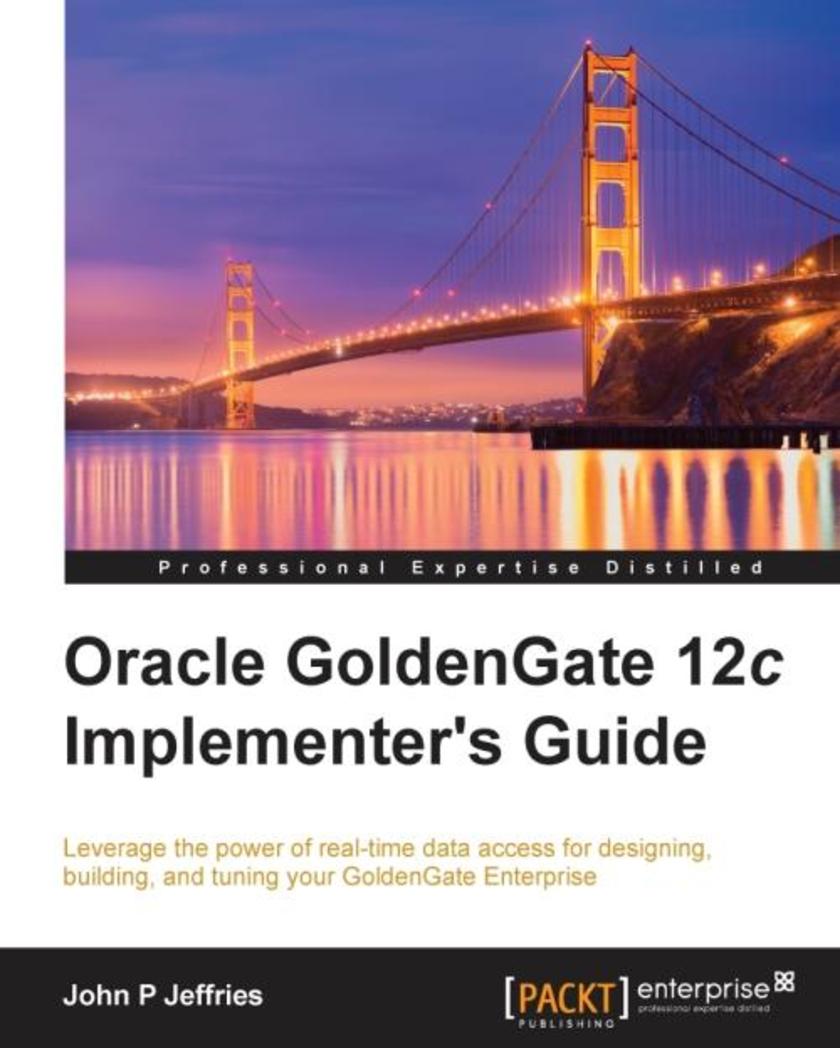
Oracle GoldenGate 12c Implementer's Guide
¥107.90
The book is aimed at Oracle database administrators, project managers, and solution architects who wish to extend their knowledge of GoldenGate. The reader is assumed to be familiar with Oracle databases. No knowledge of GoldenGate is required.
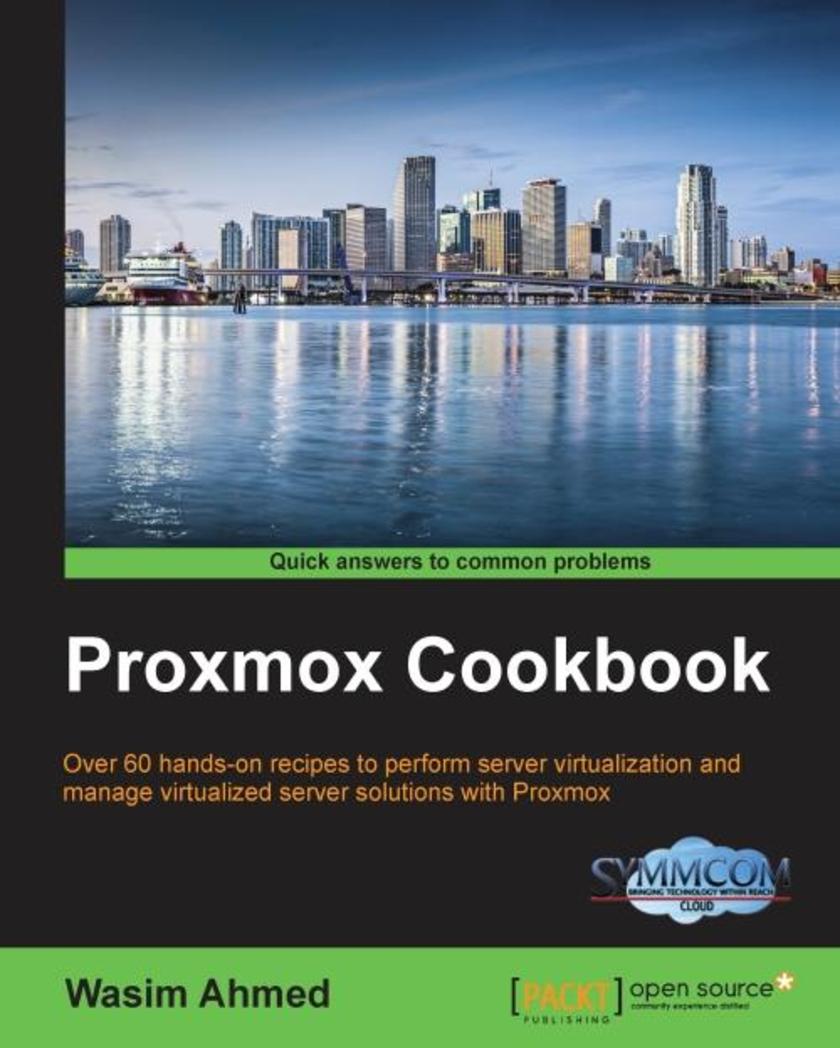
Proxmox Cookbook
¥90.46
This book is perfect for system administrators who want to learn how to implement and administer Proxmox VE environments. Since this book will not cover the basics of Proxmox, a basic understanding of virtualization and networking with the Proxmox VE is required.
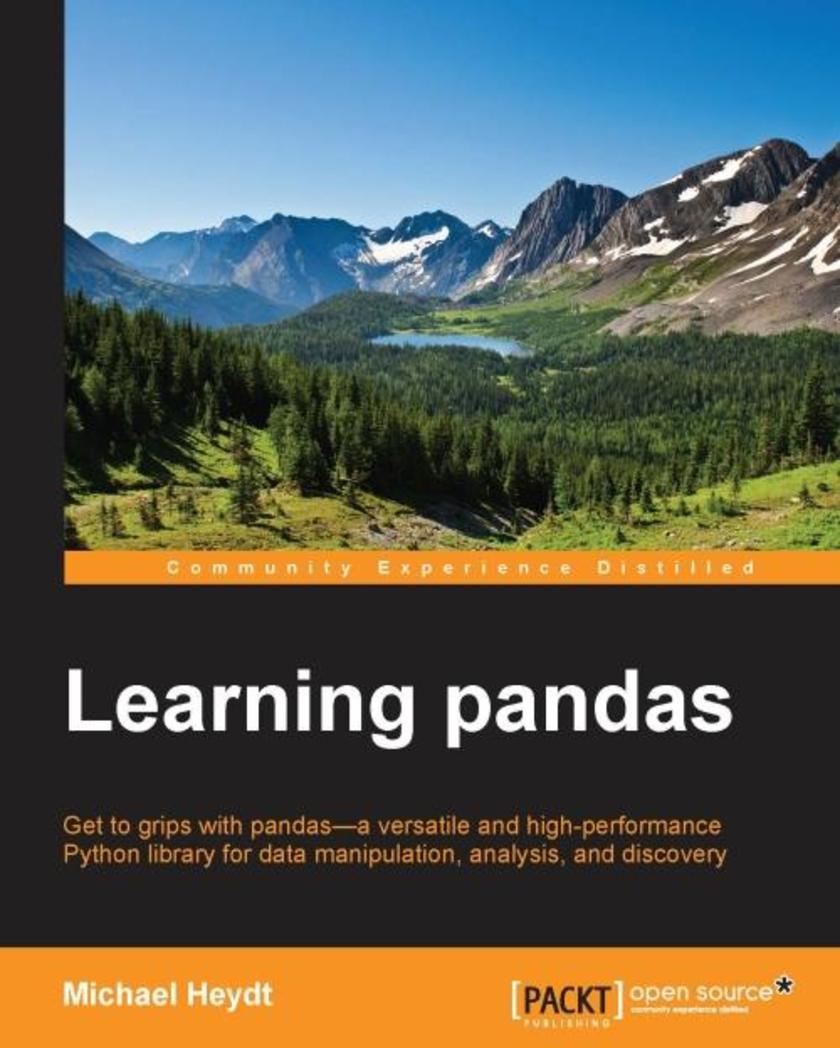
Learning pandas
¥107.90
If you are a Python programmer who wants to get started with performing data analysis using pandas and Python, this is the book for you. Some experience with statistical analysis would be helpful but is not mandatory.
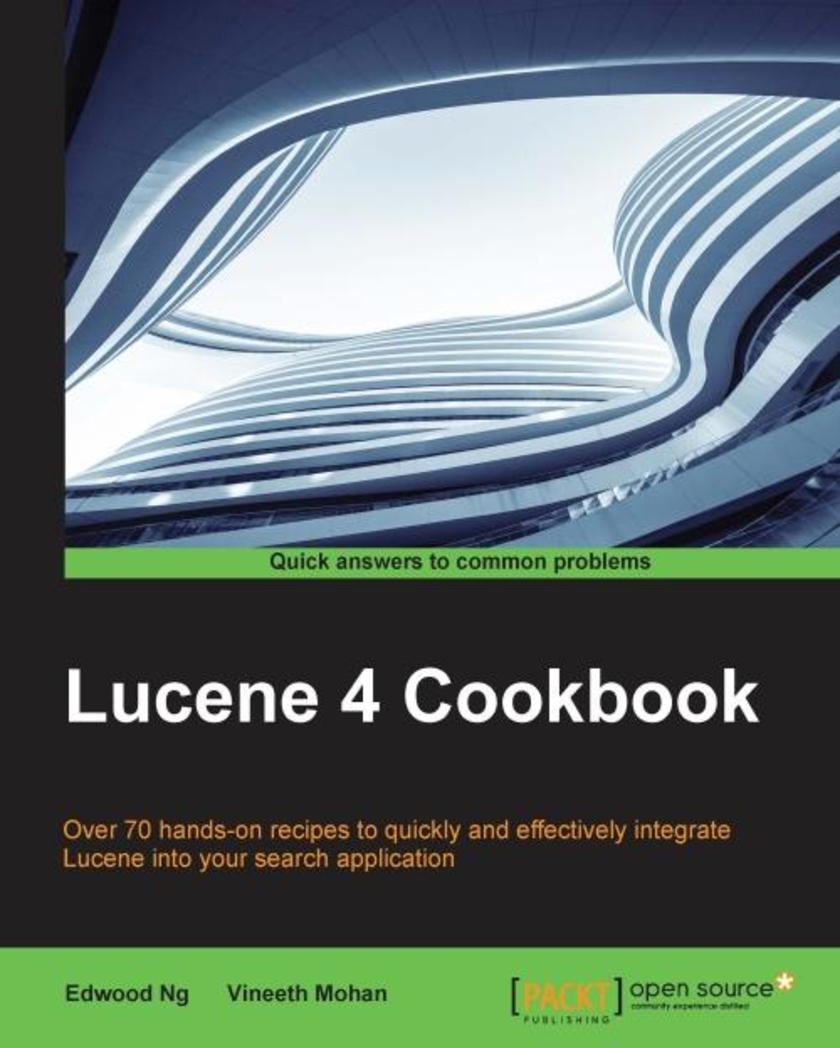
Lucene 4 Cookbook
¥80.65
This book is for software developers who are new to Lucene and who want to explore the more advanced topics to build a search engine. Knowledge of Java is necessary to follow the code samples. You will learn core concepts, best practices, and also advanced features, in order to build an effective search application.
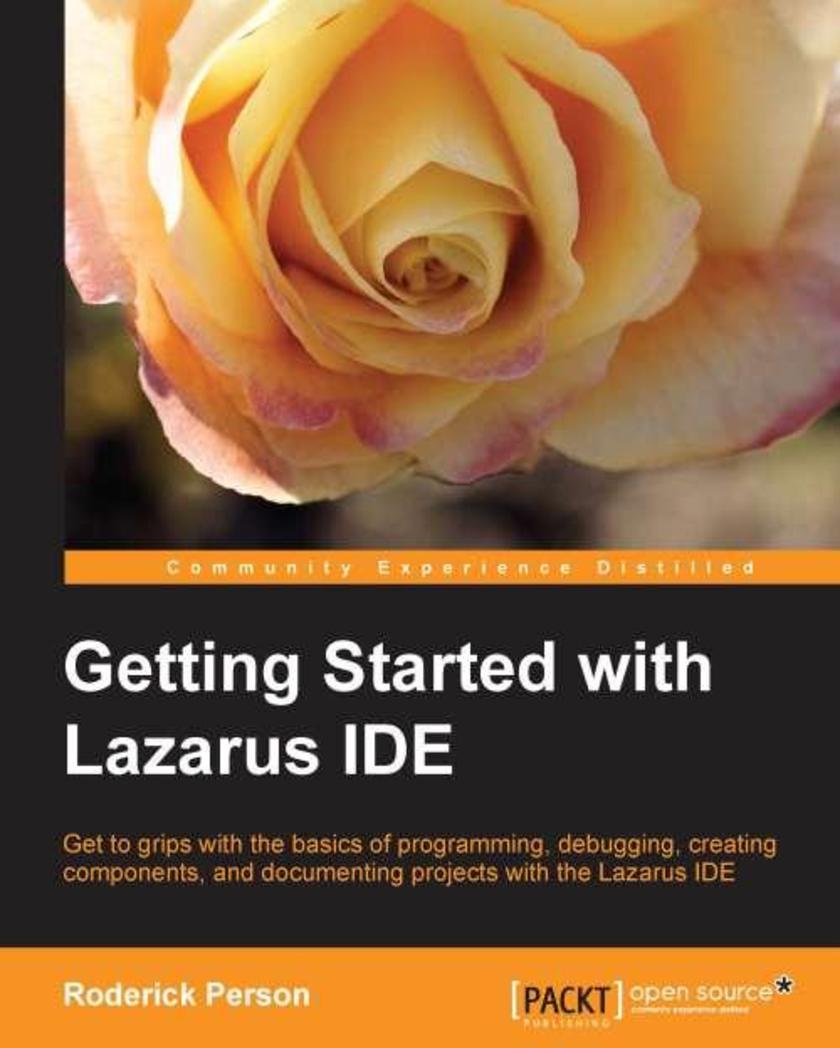
Getting Started with the Lazarus IDE
¥45.77
This book is written in a simple, easy-to-understand format with lots of screenshots and step-by-step explanations.This book is geared toward developers that have a familiarity with Delphi or Free Pascal and would like to start using the open source Lazarus Integrated Development Environment. You should have knowledge of creating a console and GUI applications as well as creating basic components. Example source code and projects are provided to help learn the differences between Delphi and Lazarus projects.
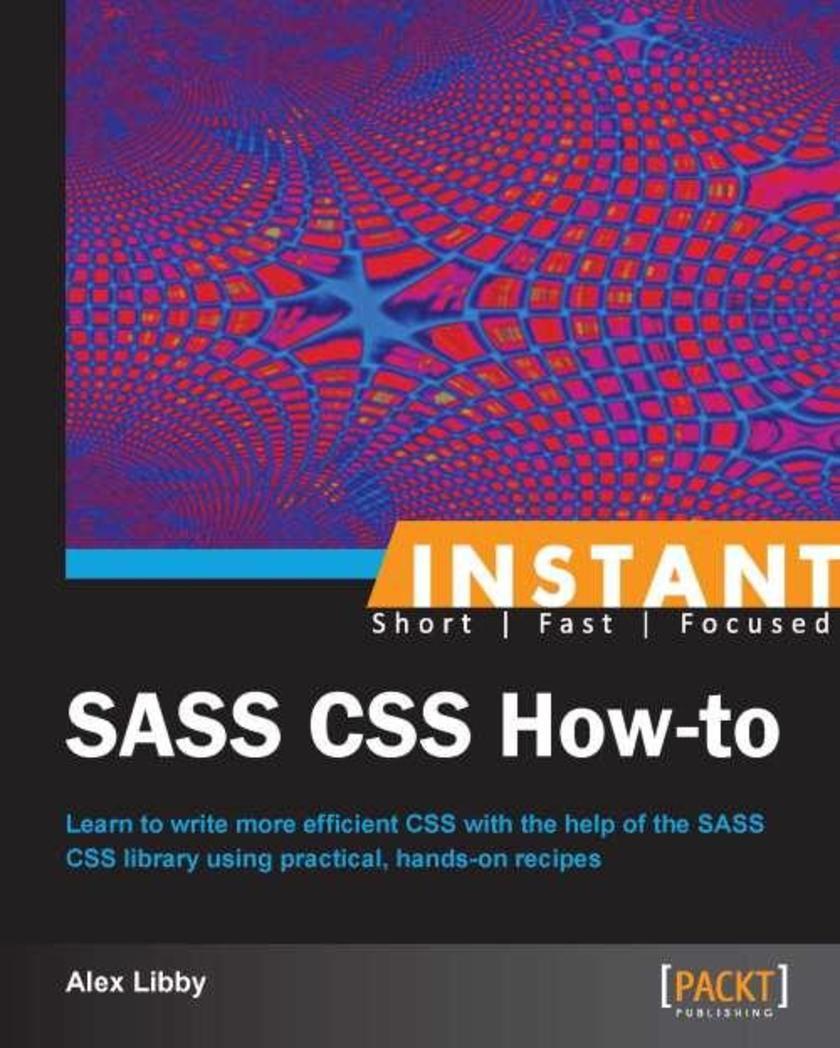
Instant SASS CSS How-to
¥41.41
Filled with practical, step-by-step instructions and clear explanations for the most important and useful tasks. Get the job done and learn as you go. This book is filled with practical, hands-on recipes to help you write SASS quickly and more efficiently.This book is great for those new to using CSS pre-processors such as SASS, and who are looking to get a good grounding in how to use SASS. It’s assumed you will have some experience in using HTML and CSS already; it is likely you will be responsible for maintaining at least one website (the larger the better), and are keen to learn how you can use SASS to help make it easier to manage your CSS styles. Although SASS is powered by Ruby, it is not essential to already be familiar with Ruby for the purposes of completing the recipes in this book.
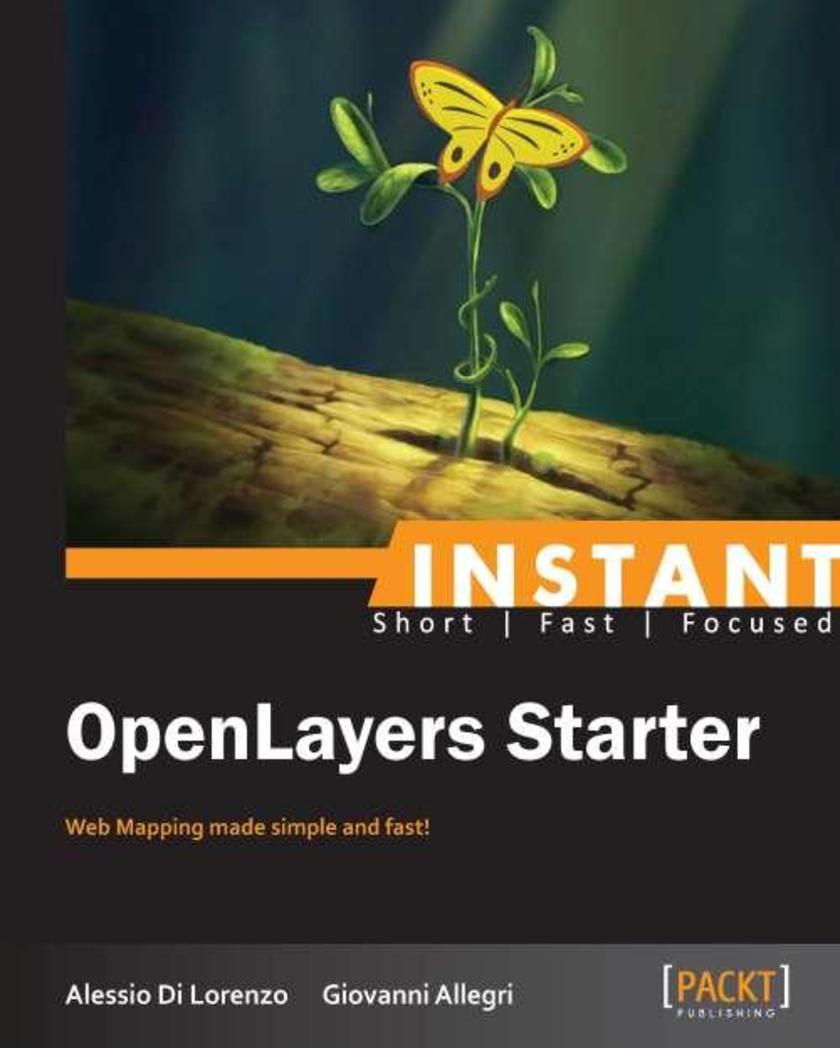
Instant OpenLayers Starter
¥41.41
Get to grips with a new technology, understand what it is and what it can do for you, and then get to work with the most important features and tasks.A quick and simple Starter to working with the OpenLayers JavaScript library architecture, helping you become productive with it in a very short time. Instant OpenLayers Starter is a book for web designers or GIS specialists with a basic knowledge of JavaScript, for learning how to create simple, embedded, and basic maps, or to build complex data analysis and data management RIAs.
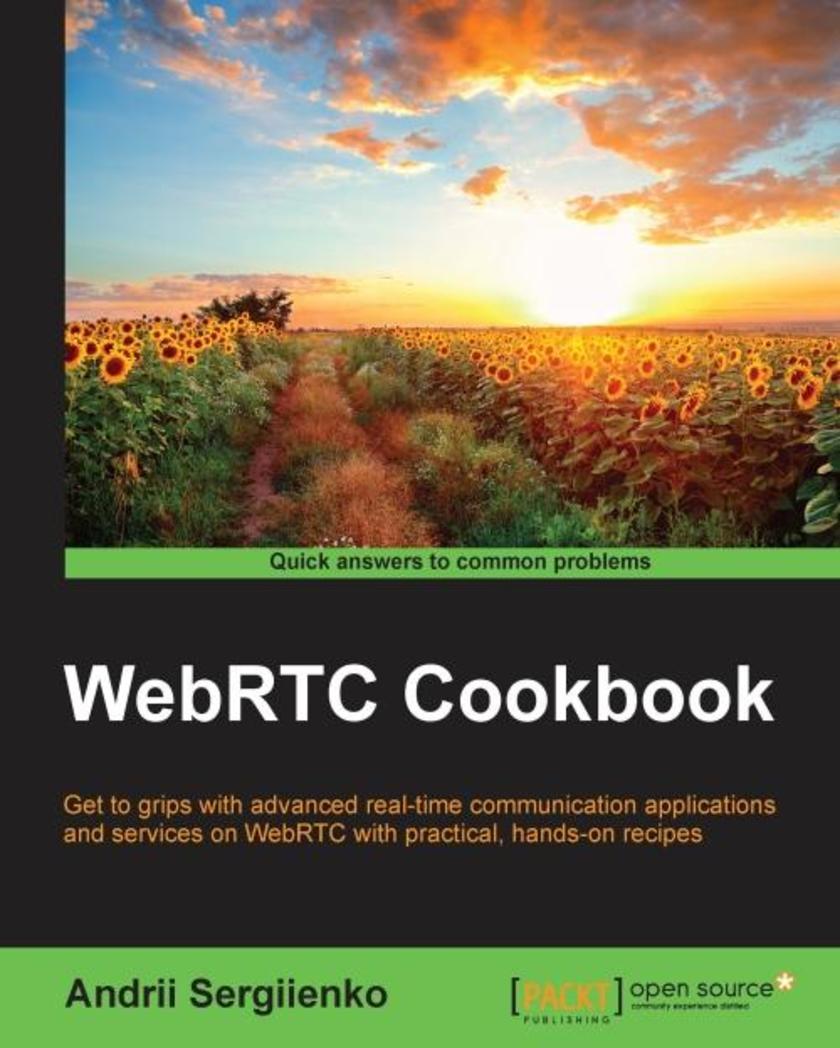
WebRTC Cookbook
¥80.65
If you are a JavaScript developer with a basic knowledge of WebRTC and software development, but want to explore how to use it in more depth, this book is for you.
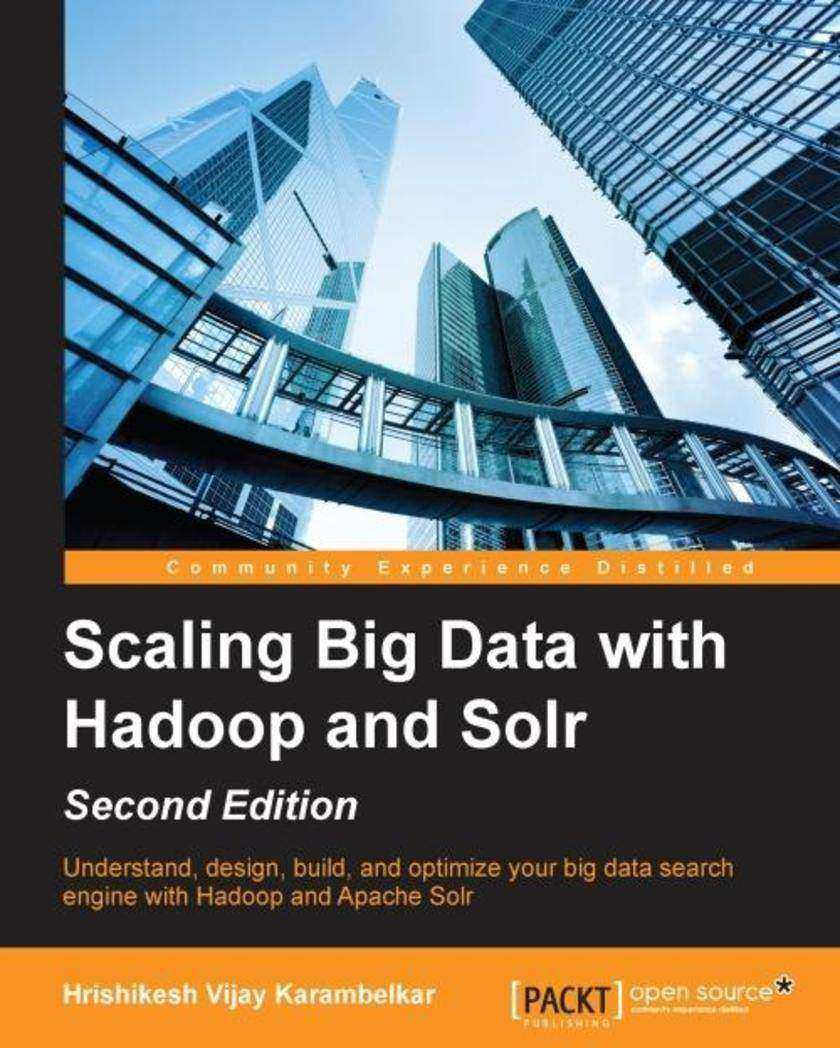
Scaling Big Data with Hadoop and Solr - Second Edition
¥80.65
This book is aimed at developers, designers, and architects who would like to build big data enterprise search solutions for their customers or organizations. No prior knowledge of Apache Hadoop and Apache Solr/Lucene technologies is required.
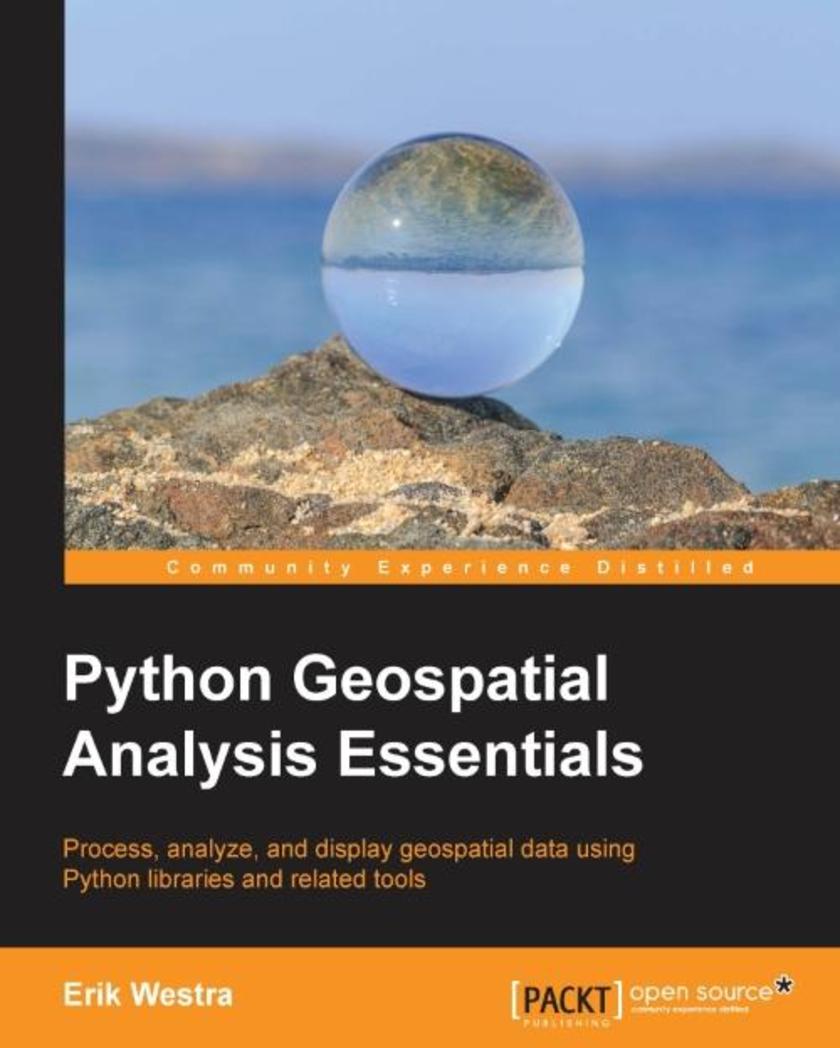
Python Geospatial Analysis Essentials
¥63.21
If you are an experienced Python developer and wish to get up-to-speed with geospatial programming, then this book is for you. While familiarity with installing third-party Python libraries would be an advantage, no prior knowledge of geospatial programming is required.
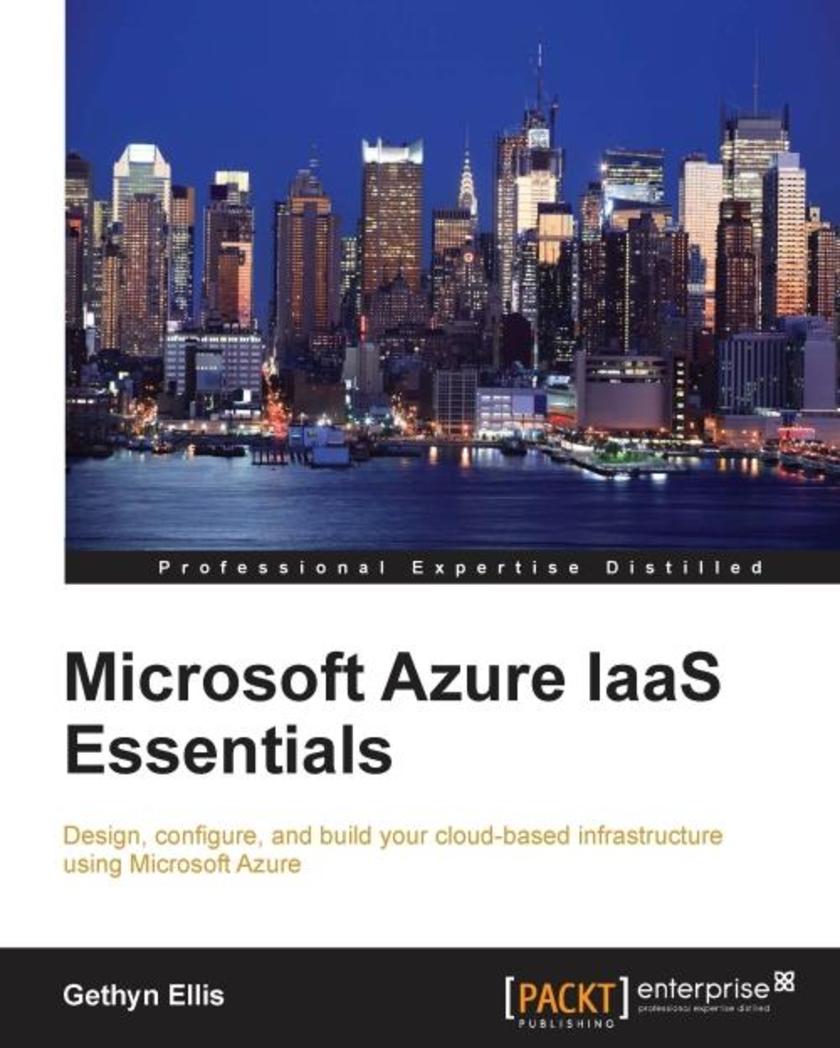
Microsoft Azure IaaS Essentials
¥45.77
This book is intended for system administrators and other IT professionals who need to both design and implement an Azure-based cloud solution. With the help of this book, you will soon master the basic tasks needed to build a cloud-based solution.
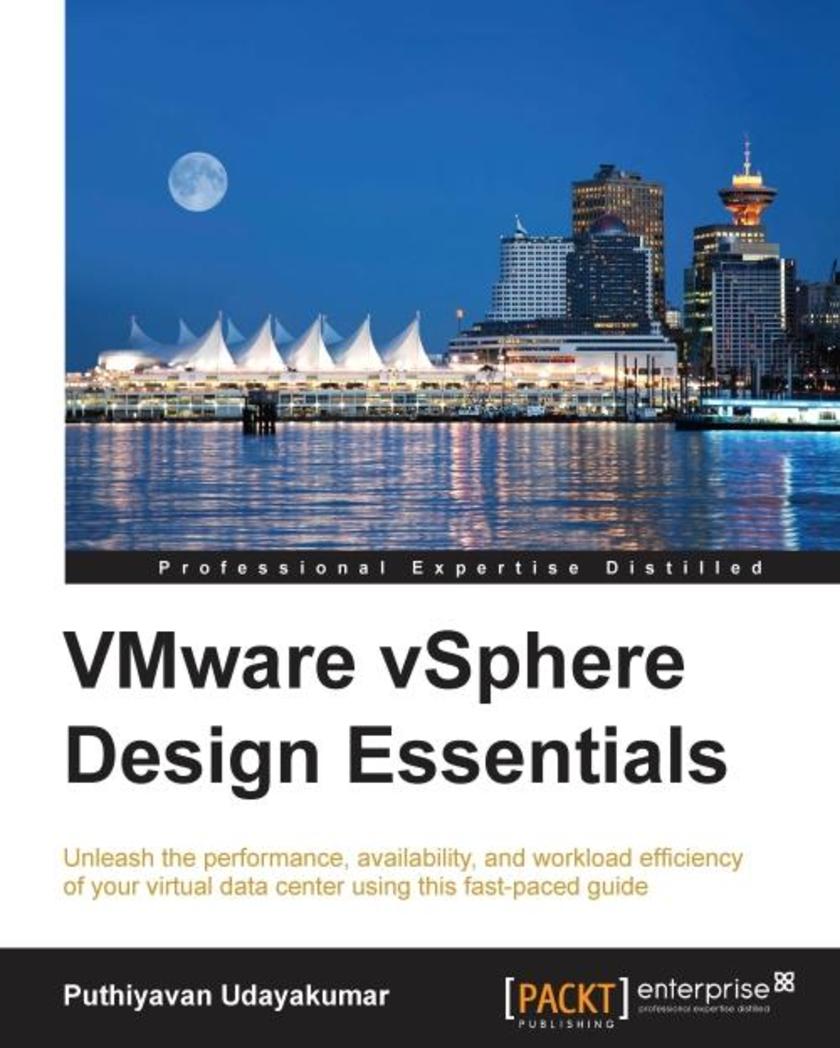
VMware vSphere Design Essentials
¥63.21
If you are a VMware beginner, VMware engineer, VMware SME, or VMware architect, then this is the book for you. A basic understanding of virtualization is a prerequisite.
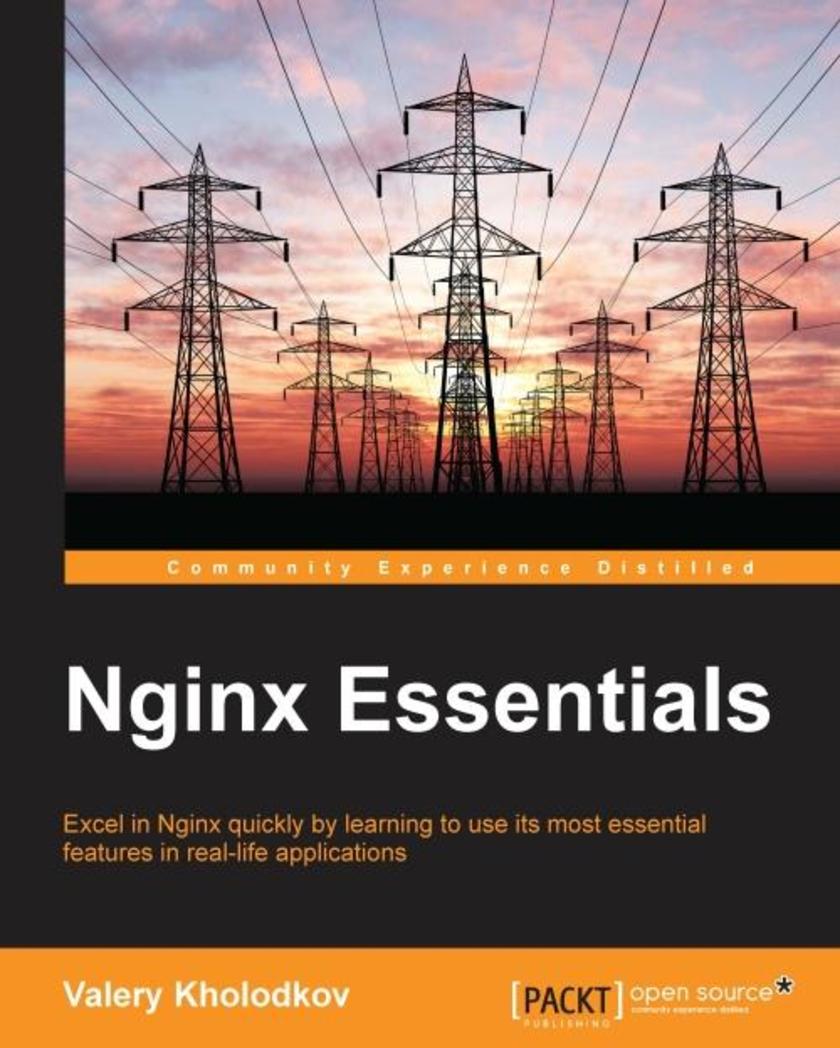
Nginx Essentials
¥63.21
This book is ideal for skilled web masters and site reliability engineers who want to switch to Nginx or solidify their knowledge of Nginx. Knowledge of Unix and webmaster skills are required.
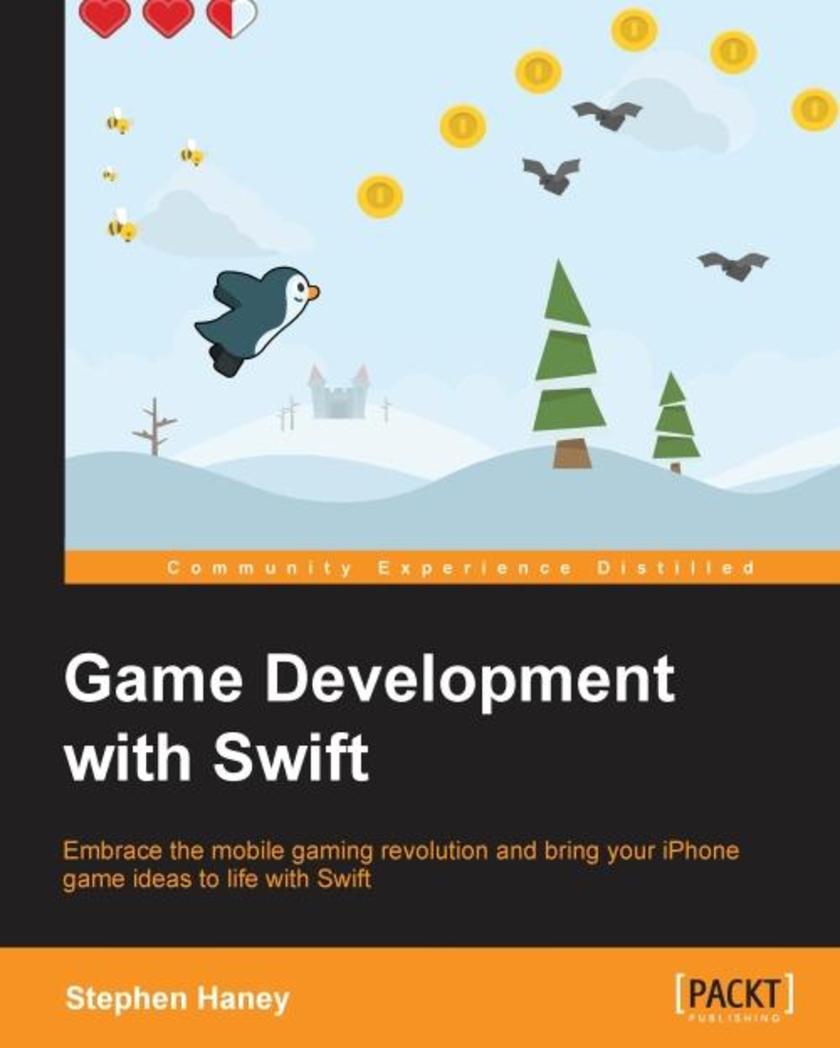
Game Development with Swift
¥71.93
If you wish to create and publish fun iOS games using Swift, then this book is for you. You should be familiar with basic programming concepts. However, no prior game development or Apple ecosystem experience is required.




 购物车
购物车 个人中心
个人中心



